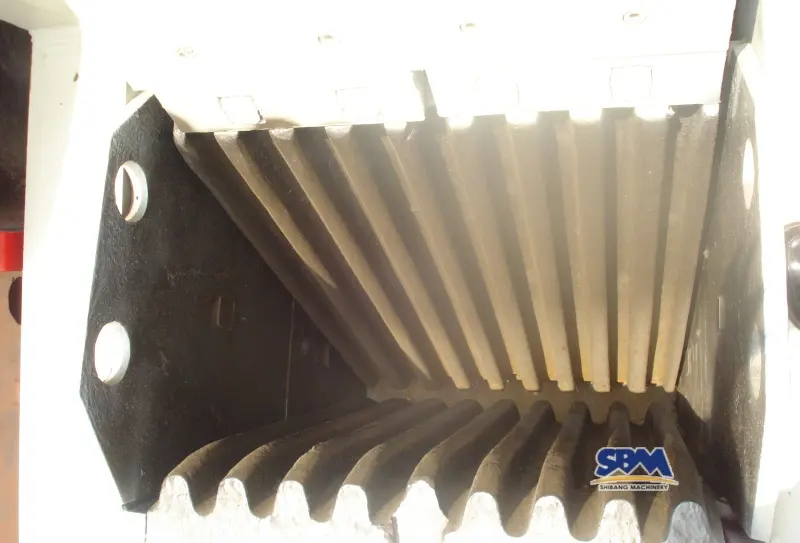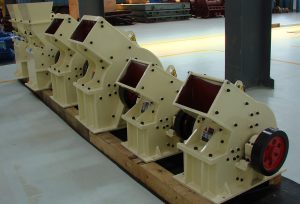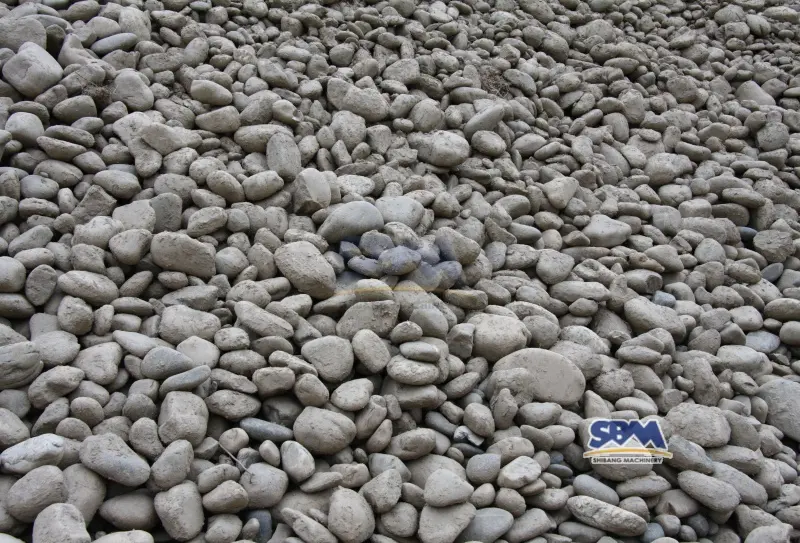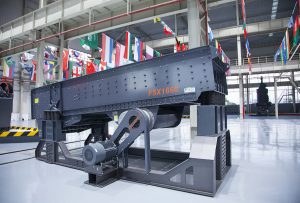Электронная почта: [email protected]
Андесат -дробилка & Дробление растения
Хорошо, Давайте поговорим об обращении с одним из более жестких камней природы: andesite. If you work in mining, здание, или гравий, Вы знаете, что эта вулканическая скала нелегко. Это сложно, тяжелый, and rough. Trying to crush it with the wrong tools? That quickly leads to stoppages, high costs, and big problems.But get the right andesite crusher and a smart crushing plant setup? Внезапно, you’re changing stubborn rock into useful, high-quality gravel smoothly and cost-effectively. I’ve watched too many places have trouble; let’s help yours avoid that.
Why does crushing andesite need special attention?
Think of andesite as basalt’s strong relative. Made in volcanoes, it’s full of minerals like plagioclase feldspar, pyroxene, and sometimes hornblende. This gives it great strength and lasting power – ideal for tough jobs like road foundations, бетонная смесь, and railroad track ballast. But that same strength makes it hard on crushers. It wears out machine parts quicker than softer stones.Knowing its hardness (обычно 6-7 в масштабе MOHS) and how rough it is comes first when picking your andesite crusher. You can’t just use any machine; it needs real power and toughness.
What Are The Key Types of Andesite Crushers?
Not all crushers are created equal, especially for andesite. Here’s a breakdown of the main warriors you’ll want in your corner:
1. Щековые дробилки (Основная электростанция)
These are your starting point, your main defender. Picture big, strong jaws biting down on large andesite blocks. They’re great at the first crushing step – taking raw rock straight from the quarry and breaking it into smaller pieces (обычно 6-10 inches across). Why they work for andesite: They’re sturdy, fairly simple, and handle the first hit from big, hard rock perfectly. Look for models with tough frames, long-lasting jaw plates (like manganese steel), and easy adjustment. SBM’s P and C6X series jaw crushers, for instance, are made strong for exactly this type of heavy first-stage work.
2. Конусные дробилки (The Secondary/ Tertiary Masters)
After the jaw crusher does the first breaking, cone crushers take over for the next crushing stages. They press rock between a moving cone and a fixed bowl.This is where you get your exact shaping and sizing for andesite gravel. Cone crushers are excellent for making square, evenly sized end products needed for things like top-quality concrete. They handle the roughness of andesite better than many other options for this stage. Hydraulic adjustment and clearing are very helpful for dealing with any surprise hard objects. SBM’s HST, HPT, and S series cones are known for doing well and lasting long with hard rock.
3. Ударные дробилки (The Shaping Specialists – Use with Caution!)
These crushers slam rock against hard surfaces or hammers very fast. They’re good for softer rocks and making a nicely shaped product.But for the first crushing step of super hard andesite? I’d be careful. The extreme roughness can destroy wear partsочень quickly, leading to high running costs.Where theymight fit in an andesite crushing plant: Sometimes used later (final stage) just for perfect shaping if getting square rock is the top goal, or for crushing slightly softer weathered rock. Expect higher costs for wear parts than with cones. Вертикальные удары вала (VSIS) are also this type.

Choosing Your Andesite Crusher: It’s All About the Fit
Picking the right crusher isn’t just about the type; it’s about the specifics:
- Размер подачи: How big are the rocks coming in? Ваша основная дробилкадолжен handle the max lump size.
- Required Product Size: What final sizes do you need? Multiple stages (дробилки) are almost always needed for andesite.
- Производственная мощность: How many tons per hour do you need to process? Don’t under-size!
- Rock Characteristics: Твердость, абразивность, содержание влаги? Andesite scores high on hardness/abrasiveness.
- Мобильность: Fixed plant or mobile andesite crushing plant? (More on that later!).
- Бюджет: Consider both upfront costи операционные затраты (especially wear parts!).
За пределами дробилки: Building Your Andesite Crushing Plant
Your crushers are the stars, but they need a stellar supporting cast to make the show run smoothly in your andesite crushing plant:
- Feeding the Machine: Apron Кормушки & Grizzlies
You need a steady, even flow of rock into that first crusher. Vibrating Grizzly Feeders (VGF) remove small bitsдо the first crusher. This really helps its work with hard rock like andesite. Strong apron feeders move large, rough rock reliably.
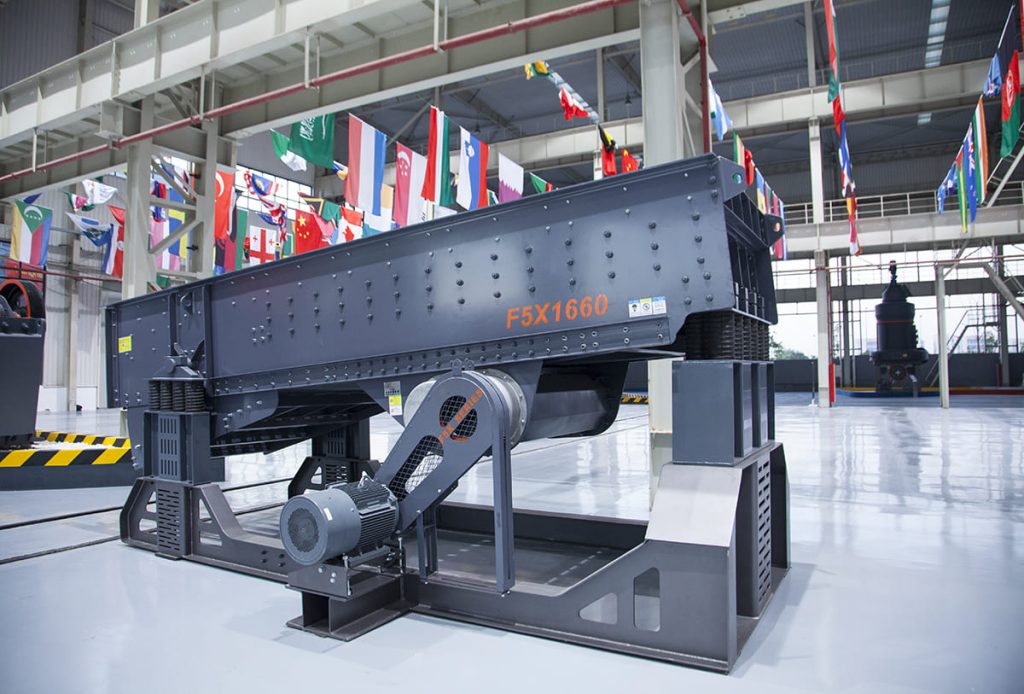
- Sorting the Rock: Экраны
Vital for smooth work! Screens split crushed rock into different sizes. Too-big rock goes back to a crusher (закрытый цепь), correctly sized rock moves forward.For a rough andesite plant, tough screens with replaceable, long-lasting liners (like rubber or poly) are a must. They stop slowdowns and make sure the final rock is good. Angled shaking screens are the most used type.
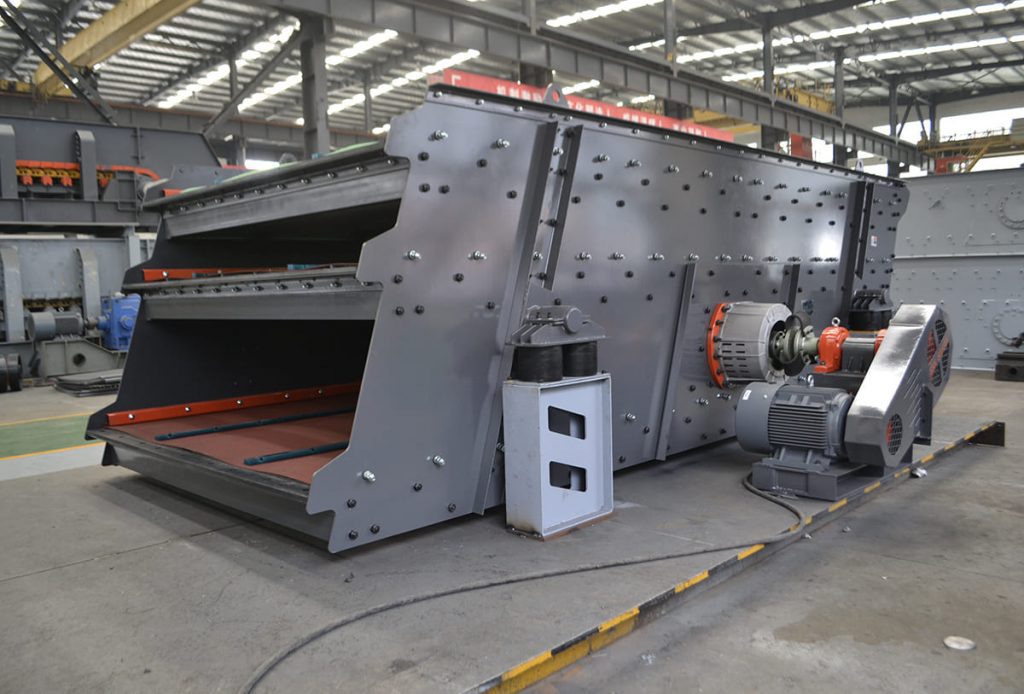
- Moving the Rock: Конвейеры
The link that connects everything. They carry rock between crushers, экраны, and piles.Key for andesite: Use belts strong enough with covers that resist cuts and scrapes from sharp rock edges. Good loading spots and impact pads are very important to stop belt harm. Think heavy-built.
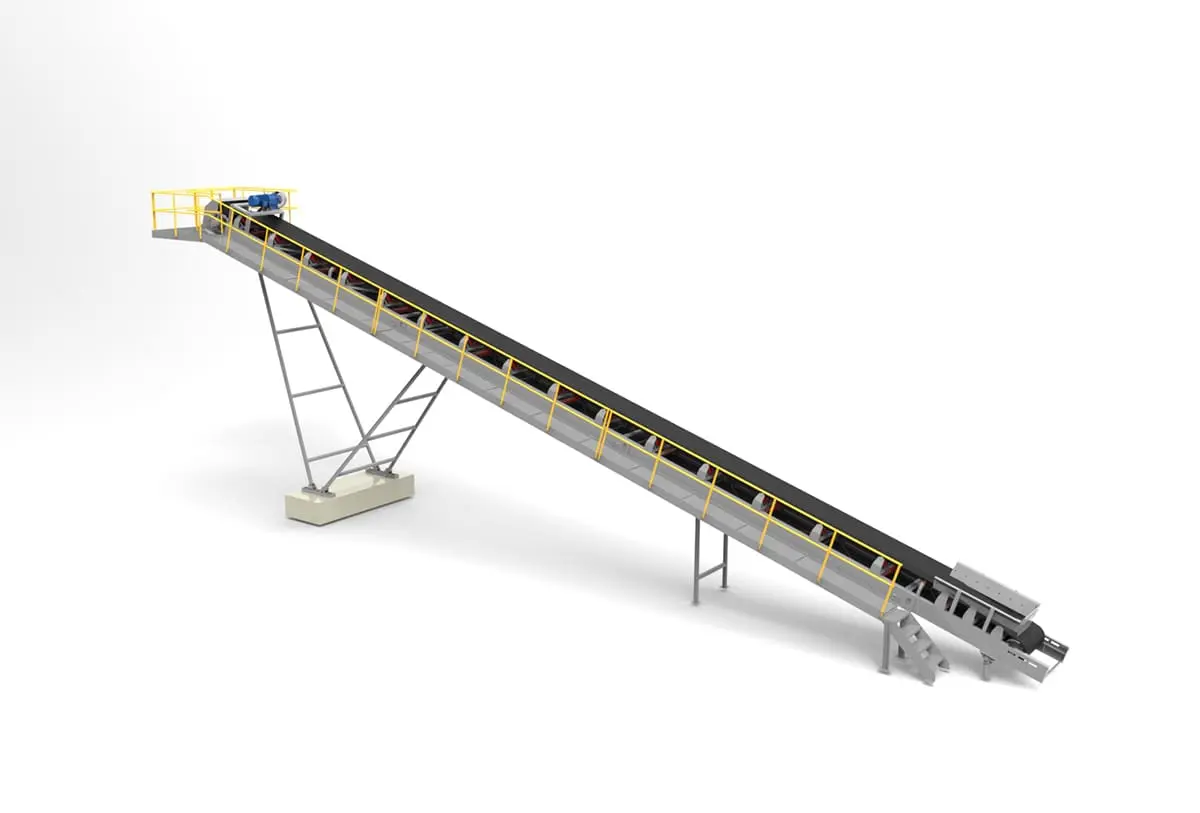
- Fighting Dust: Control Systems
Crushing hard rock makes lots of dust. It’s bad for health, bad for the area, and causes machine problems (dust gets everywhere!). Хороший контроль пыли (Водяные брызги, fog systems) or full dust capture is a must-have in a modern andesite plant. Your workers and nearby people will be happier, and your machines will work longer.
Fixed vs. Mobile Andesite Crushing Plants: Which Suits Your Battlefield?
This is a big strategic decision:
- Fixed Crushing Plants: Built on-site, usually for large, long-term quarries (years or decades).
- Pros: Highest potential capacity, most efficient layout, lower operating cost per ton for massive volumes, easier integration of complex circuits.
- Cons: Huge upfront investment, long setup time, permanent footprint, hard to relocate.
- Mobile Crushing Plants (Tracked or Wheeled): Crushers and screens mounted on mobile chassis.
- Pros: Rapid setup and teardown (hours/days!), incredible flexibility – move to the rock face or between sites, lower initial investment than large fixed plants, great for shorter-term projects or multiple sites.
- Cons: Generally lower capacity than large fixed plants, slightly higher operating cost per ton, potentially more complex logistics for very large projects.For many andesite projects, especially smaller quarries or contract crushing, mobile plants are a game-changer. SBM offers a range of mobile solutions well-suited to hard rock.

Designing Your Andesite Crushing Circuit: Efficiency is King
How you connect your crushers and screens matters hugely. Here’s the main choice:
- Open Circuit: Material passes through the crusher(с) only once. No recirculation. Simpler, lower cost.Но… less control over final product size, can produce more fines or oversize, generally less efficient. Rarely ideal for precise andesite aggregate production.
- Closed Circuit: Material exits a crusher, goes to a screen. Oversize is sentback (recirculated) to the same crusher for further reduction.This is the gold standard for an andesite crushing plant. It provides excellent control over the top size of your product, maximizes yield of your desired sizes, and improves overall efficiency. Да, it requires screens and more conveyors, but the payoff in product quality and reduced waste is almost always worth it.
Essential Kit for Your Andesite Crushing Plant
Here’s a quick look at the core components and their critical roles in processing tough volcanic rock:
| Equipment Type | Primary Function | Why Critical for Andesite? | Key Features to Look For |
|---|---|---|---|
| Первичная дробилка | First size reduction (large boulders to chunks) | Must withstand massive impact & abrasion; sets stage for whole process | Robust frame, high wear-resistance jaw plates/liners, large feed opening, гидравлическая регулировка |
| (Usually Jaw) | |||
| Вторичный/третичный | Further size reduction & формирование | Needs precision & wear resistance to produce quality aggregate from hard rock | Strong construction, wear-resistant mantles/concaves, hydraulic settings & clearing, хороший дизайн полости |
| (Usually Cone) | |||
| Экраны | Sort crushed material by size | Ensures product specs met; protects crushers from processing oversized material | Heavy-duty construction, wear-resistant screen media (wires, poly), high vibration force |
| Конвейеры | Transport material between processes | Handles sharp, абразивный рок; backbone of material flow | Heavy-duty belts (strong covers), impact-resistant idlers, proper loading zones, dust control |
| Кормушки | Regulate material flow into crushers | Prevents crusher overload; removes fines before primary crushing (VGF) | Robust build (apron/pans), wear liners, variable speed control, scalping ability (VGF) |
| Управление пыли | Suppress airborne particles | Health, безопасность, environmental compliance; protects machinery | Effective spray/mist systems, well-designed enclosures, possibly baghouses |
How to keep andesite crusher running smoothly?
Keep your andesite crusher running well: Regular upkeep is vital. Many sites face problems because of poor upkeep. Andesite is very hard on your machines. Staying ahead with maintenance stops long stoppages and big costs:
- Wear Parts Take the Hit: Jaw plates, cone mantles/concaves, impact hammers/anvils, screen meshes – these aremeant to wear out saving the main crusher parts.Check them often! Waiting until they are totally gone risks breaking the crusher frame, causing fixes costing 10 times more. Set up fixed check times.
- Lubrication is Key: Crushers work hot and tough. Clean oil, right amounts, and proper grease in bearings are a must. Dirty or low oil/grease will cause failures. Stick exactly to the maker’s schedule.
- Listen and Watch: Train workers to spot odd noises (scraping, banging) or shakes. Finding problems early (like loose parts or bad bearings) saves huge repair costs. A fast look-over before starting helps.
- Keep it Clean (Dust is Bad!): Dust control stops dust in the air, but crushers get dirty inside. Plan regular cleanings to stop gritty dust buildup from wearing parts faster. It sounds easy, but it’s important.
Optimizing Your Andesite Crushing Plant Performance: Squeeze Out Every Ton
Once it’s running, how do you get theбольшинство out of your andesite crushing plant?
- Feed it Properly: Steady rock size and speed matter. Don’t throw huge rocks mixed with small stuff straight into the first crusher. Use your grizzly/scalper! Separate oversize rocks. Don’t stuff the crusher – it makes poor-shaped rock, more wear, and possible harm. Feeding cones full is good, butburying them is bad.
- Watch & Change Settings: Crusher settings (like the gap on jaws and cones) control your rock size. Check the sizes coming out often (sieve test!). Get ready to change settings as wear parts… wear down! Small changes boost how much good rock you get.
- Handle Your Piles: Keep different rock sizes apart. Avoid mixing. Think about how rock moves from plant to trucks – less moving around keeps rock quality high. Good pile handling stops logjams.
- Track Spending: Watch wear part use (стоимость за тонну), fuel/power use, and how much rock you make. This info shows where your plant works well and where it needs work. It’s key to making money.
Why the Right Andesite Crusher is Important?
Да, setting up a proper andesite crushing plant requires investment and expertise. But cutting corners is far more expensive in the long run. Here’s the payoff:
- Better Rock: Steady, blocky, well-sized andesite rock gets better prices, especially for key jobs like concrete or train tracks. Bad crushing makes flat, uneven rock that might be refused.
- Lower Running Costs: Good crushing uses less power per ton. Smart wear part use (changing on time, right material) cuts your biggest cost. Less downtime means more rock sold.
- More Rock Per Hour: A well-planned, well-kept plant just handles more rock. No waiting for fixes, no constant adjusting because the setup isn’t right.
- Machines Last Longer: Looking after your crushers means they work for years. Saving the main parts by changing wear parts on time is crucial.
- Безопасность & Rules Followed: Dust control protects people. Well-kept gear is safer gear. Stopping spills and handling water runoff right is needed.
Conquering Andesite
Crushing andesite is hard work. It needs care and the right gear. But by knowing the rock, buying strong andesite crushers (like tough jaw and cone types), planning a smart plant with good screens and belts, and sticking to strict upkeep and tuning, you turn a tough job into a money-maker.Don’t battle the rock with weak gear. Do your research, pick good machines from trusted sellers (like SBM’s gear for hard rock), and build a process to succeed. The payoff in quality rock, smooth work, and lower costs is worth it. Now go crush that rock! P.S. Always test your own andesite rock! Knowing its exact feel is the best start for picking the perfect crusher and plant. Удачи!
Главный офис
WhatsApp:+8615225176731
Электронная почта: [email protected]
Адрес: Нет. 1688, Гаоке Ист Роуд, Новый район Пудун, Шанхай, Китай.
Веб-сайт: https://www.mill-sbm.com/

